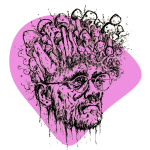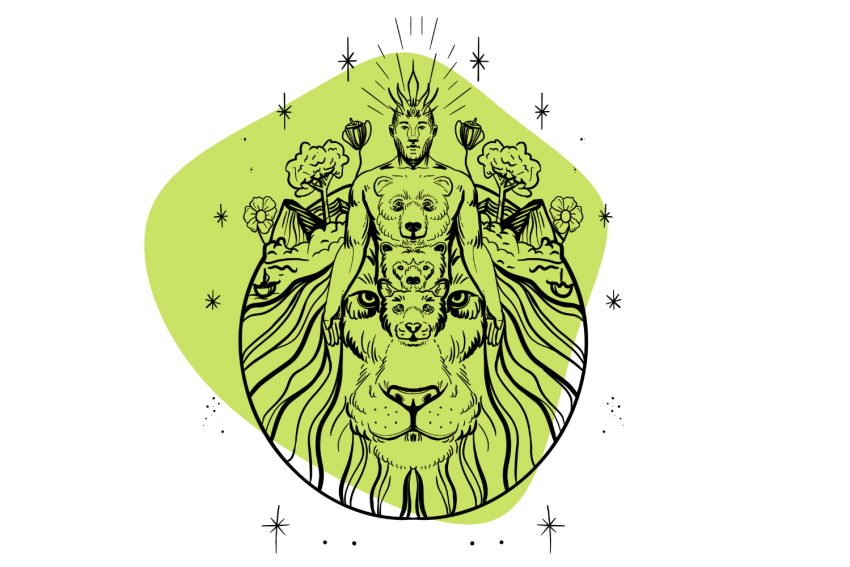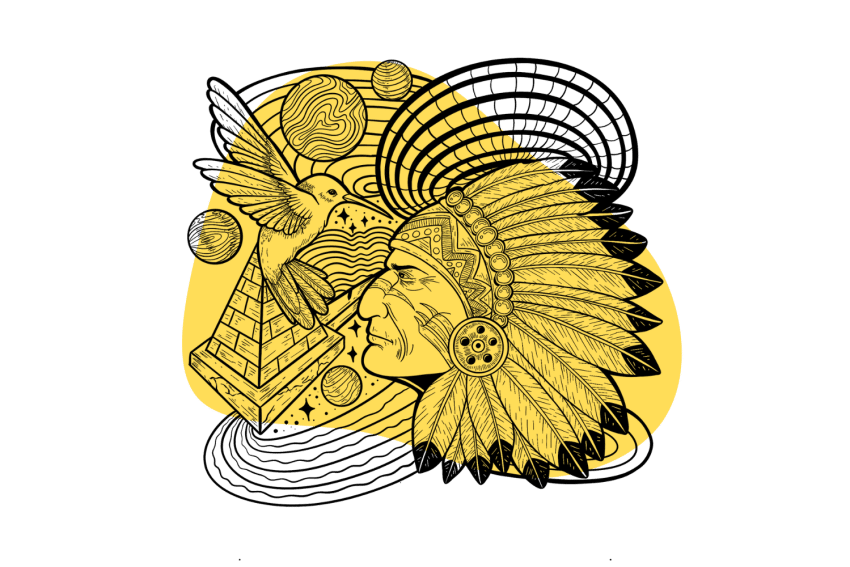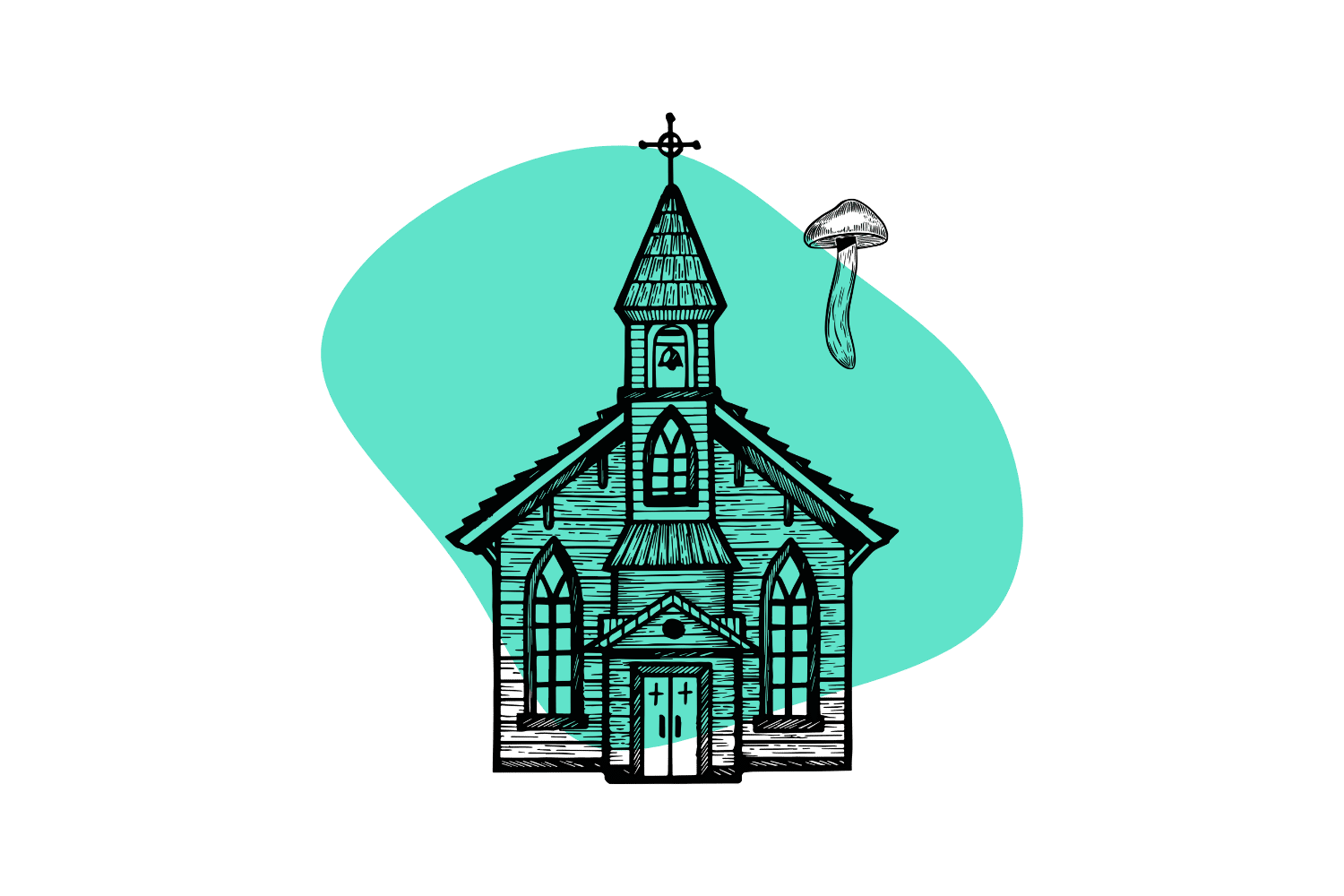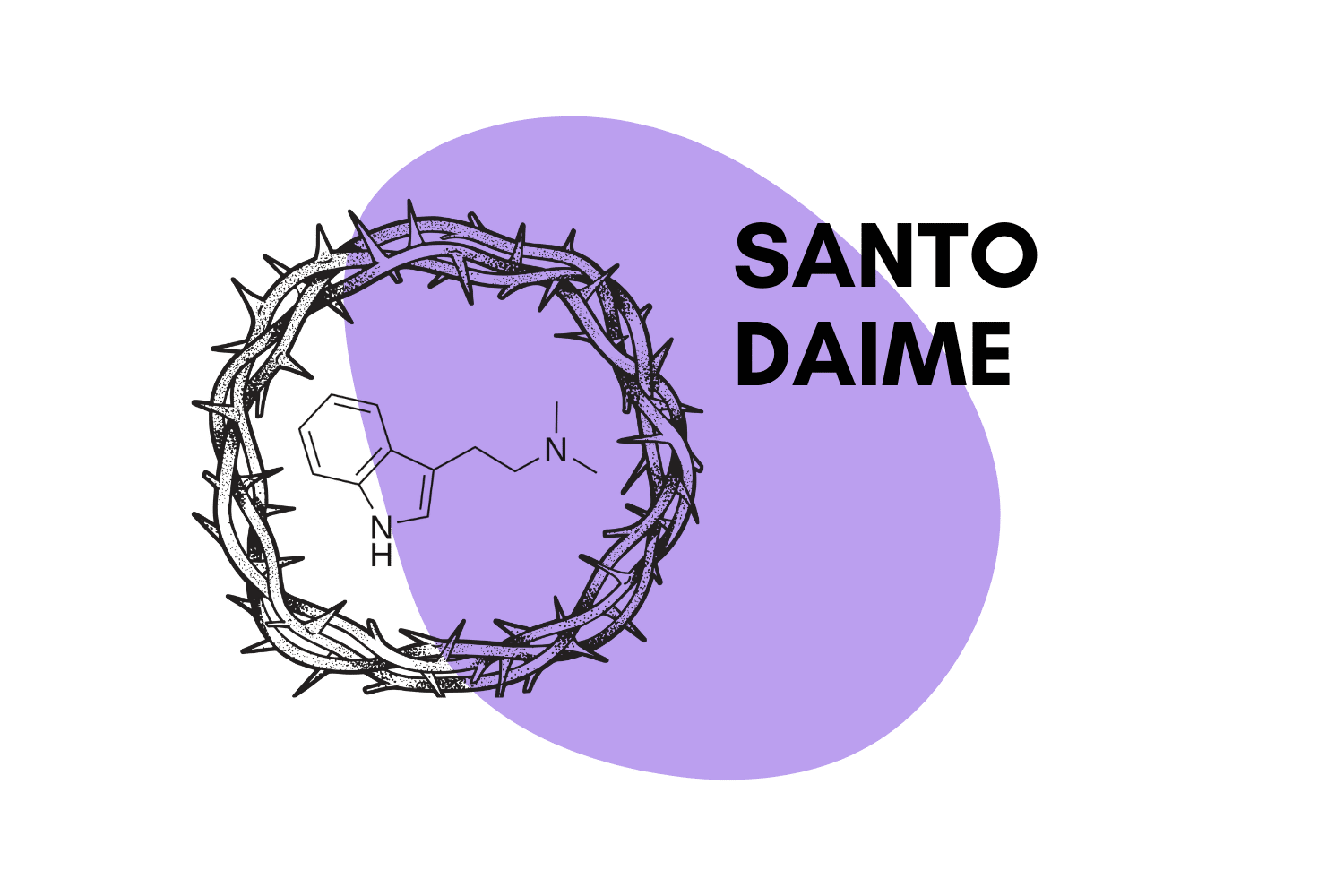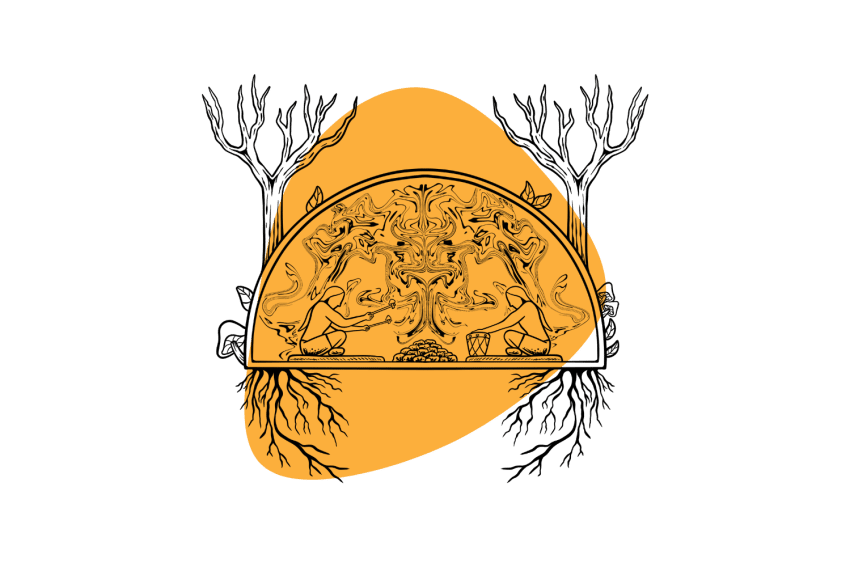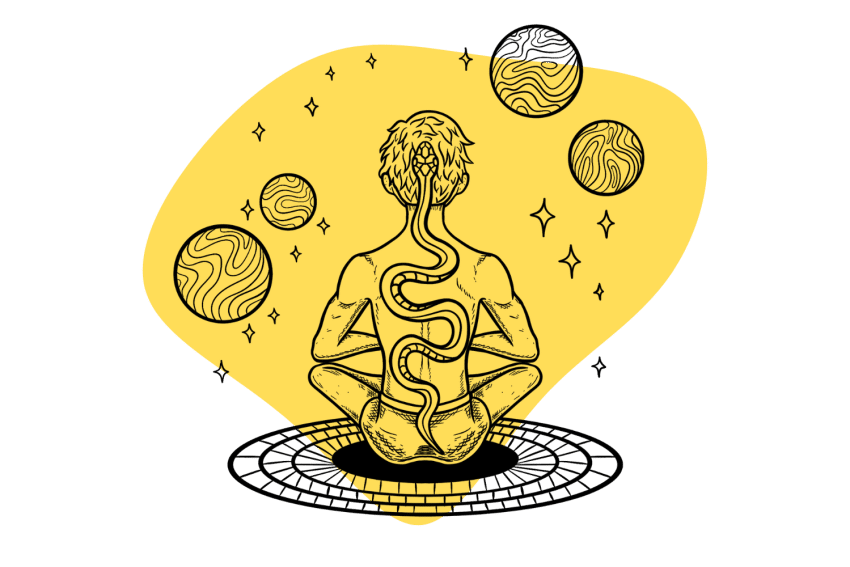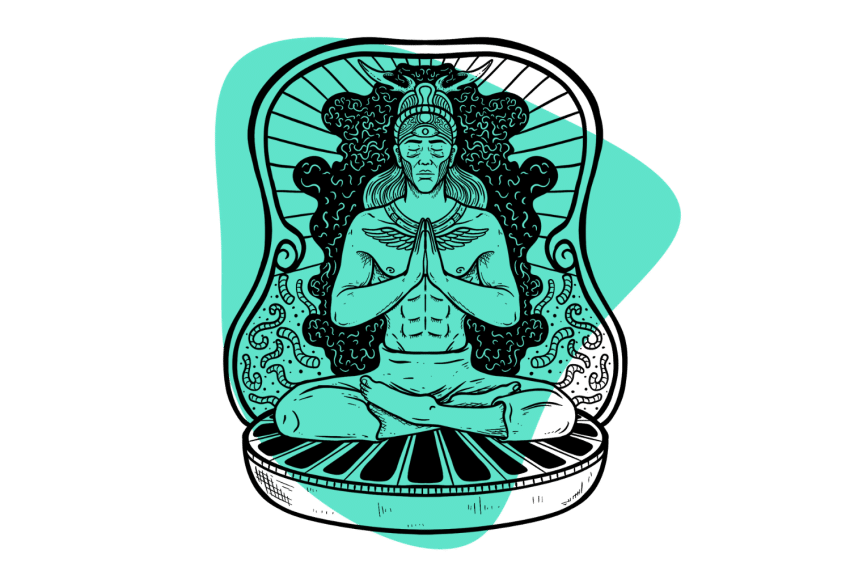Astrology x Psychedelics: The Research of Grof & Tarnas
After years of research and thousands of supervised LSD sessions, Stanislav Grof made a remarkable discovery — astrology can predict psychedelic experiences.
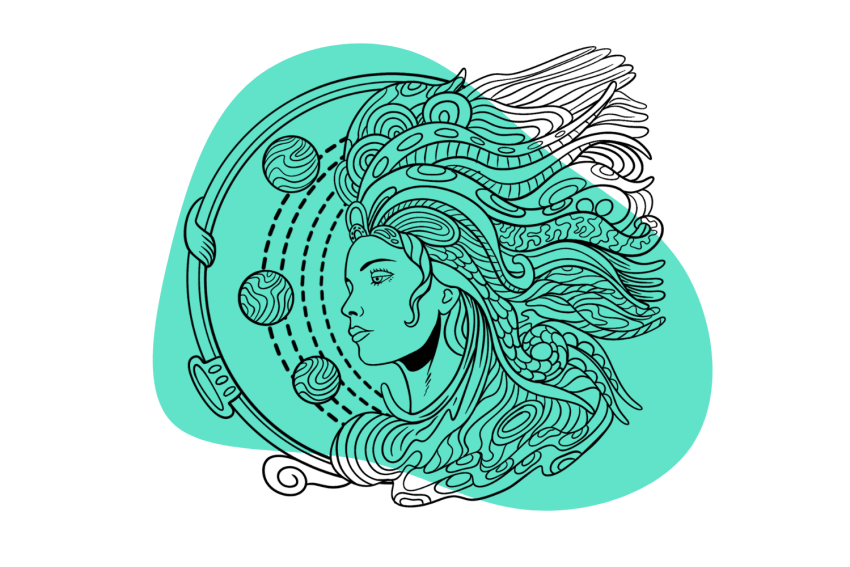
Taking a psychedelic is an unpredictable experience. Psychedelics are “non-specific amplifiers,” — meaning you never know what will happen.
While this might be desirable if you’re trying to explore your mind, it’s a major challenge for psychedelic therapy. Revolutionary psychiatrist Stanislav Grof tried dozens of prediction methods until he finally found what worked: astrology.
Below, we’ll break down Grof’s theories around this phenomenon, including:
- The Difficulty of Predicting Psychedelic Outcomes — Along with how Grof discovered astrology as the tool to do so and a rundown of what he called “transpersonal experiences.”
- Grof’s Evidence For the Correlation— Along with 6 arguments he makes to this effect.
- Grof’s Astrological Viewpoint — Why it’s more complicated than simplistic astrology and his key component: Archetypal time.
- Why Astrology Has a Bad Rep — How materialism, inability for measurement, determinism, disregard for birth trauma, and simplistic forms of astrology have got us where we are.
- Grof’s Layers of Transpersonal Experiences — Walking through the surface layer, diving deeper, and ending up in the “Jungian Layer” of oceanic boundlessness
- Basic Perinatal Matrices — Grof’s vision of the experience through the viewpoint of birth, including pre-labor, the start of contractions, the crowning of the child, and the final release of birth
- The Implications of Grof’s Research
Disclaimer: While we couldn’t find instances of crossover between Grof’s understanding of astrology and homophobia, we don’t condone his prior use of LSD for the hateful and homophobic practice of “conversion” therapy. This article details some of his tremendous findings, but they don’t negate horrendous actions.
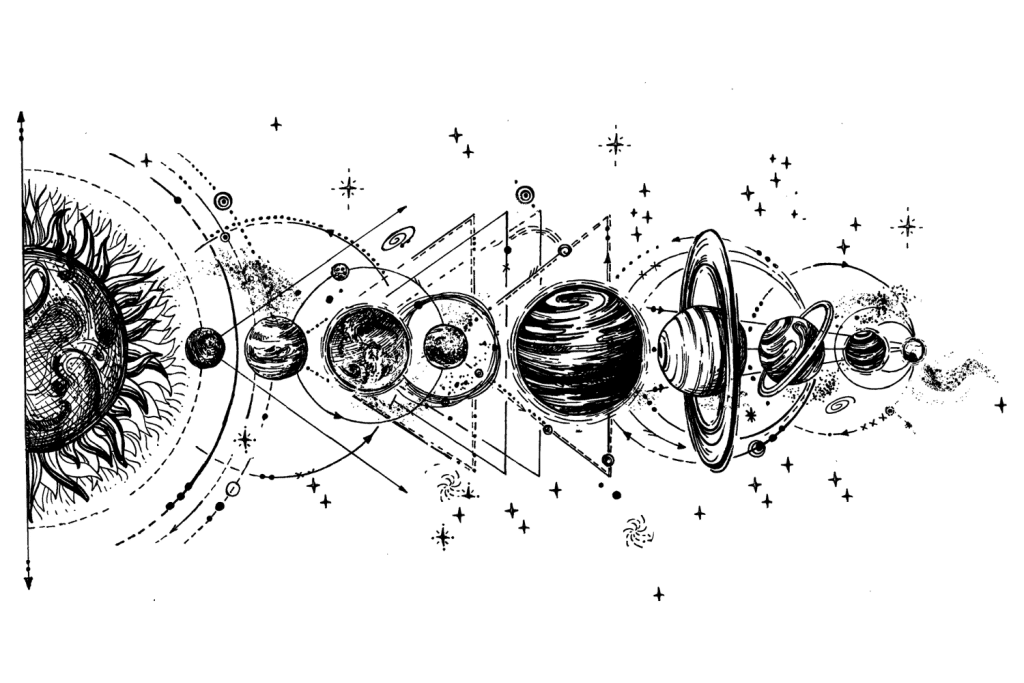
The Problem with Predicting Psychedelic Experiences
When psychedelic research began, scientists ran into a problem — they had no idea what would happen to each participant.
As Grof puts it:
“Two people can take the same substance, the same dosage, in the same location, and yet have radically different, even diametrically opposite experiences.”
Because of this, there was a strong incentive to find a consistent method to predict the acute reaction. Grof and his research colleagues designed a large clinical study for the task [1].
Numerous psychological and personality tests were unable to identify a method for consistently predicting experiences.
Discovering Astrology As a Predictor of Psychedelic Experience
Ironically, Grof’s predictive tool for transpersonal experiences would be even more controversial than psychedelics, astrology — or the study of celestial objects and their movement’s impact on humanity.
Grof claimed even “years of studying transpersonal phenomena” only led him to the conclusion it was a “ridiculous pseudo-science.” Until the night in 1976 when he met “archetypal astrologer” Richard Tarnas.
This form of astrology cared less about reading the future and more about reading the present — finding moving stars and planets as a pattern for human behavior (or archetype).
Over three decades later, they’ve created a remarkable body of work studying the correlation between planetary transits and the archetypal themes of transpersonal experiences. Grof’s own research ultimately convinced him of the power involved in deep experiential therapy, archetypal psychology, and planetary transits.
What is a Transpersonal Experience?
Transpersonal experiences are “experiences in which the sense of identity or self extends beyond (trans) the individual or personal to encompass wider aspects of humankind, life, psyche or cosmos” [2]. Similar to what we typically call a “mystical experience” or “ego death” on psychedelics.
These experiences are a fundamental aspect of psychedelic trips and vary in content, theme, and significance.
Grof coined “holotropic” — Greek for “moving towards wholeness” — as a descriptive term. You may have heard of the name before through holotropic breathwork (also Grof’s creation) to induce mystical-type experiences without drugs.
Transpersonal Experiences as an Argument For Astrology
Beginning in the 1950s, research from holotropic states has generated data that challenge the paradigm of materialistic science. Through several reports and observations, Grof and Tarnas believe they discovered wide-ranging and complex patterns.
#1. Transpersonal Experiences Are Hard To Explain
Hundreds of patients accurately recalled information about past periods, historical events, or detailed experiences of plant or animal life. In each case, the individual had no prior, relevant knowledge before the experience.
Grof describes one example in his book, The Cosmic Game:
The first one involved a neurotic patient undergoing psychedelic therapy. She experienced in four consecutive sessions many episodes from a life of a seventeenth-century Czech nobleman. This man had been publicly executed in the Old Town Square in Prague together with twenty-six other prominent aristocrats. This public execution was an effort of the Hapsburgs to break the morale of the Czechs after they had defeated the Czech king in the battle of the White Mountain. In this case, the patient’s father conducted, unbeknownst to her, independent genealogical research of the family’s pedigree, which confirmed that they were descendants of one of these unfortunate men (emphasis mine)
This challenges the materialistic concept of human consciousness restricted to individuals. Implied in this capability is a connection between the human mind and a larger collective, thus aligning with the esoteric tenet “as above, so below.”
#2. Birth is Psychologically Significant
Stan Grof has witnessed thousands of participants relive birth experiences. Through this, he concluded birth experiences leave a powerful imprint on our unconscious mind, shaping our responses to challenging situations and emotions.
His research uncovered something called the basic perinatal matrices (BPMs) — four birth stages intertwined with outer planetary archetypes we’ll break down below. The evidence indicating the psychological impact of birth timing supports the astrological belief in the profound significance of birth.
Through thousands of high-dose LSD sessions, Grof found that nearly all of his patients had some form of birth trauma. He discovered four different stages, and each of these stages was closely related to the dysfunctions or traumas that patients had suffered later in life.
Related: Can Psychedelics Be Used to Help Heal Traumatic Experiences?
#3 Birth Stages Match Planetary Archetypes
Richard Tarnas first recognized the correlation between active transits involving the planet Uranus and the occurrence of mental breakthroughs among individuals.
After further investigation, Grof and Tarnas found a correlation with Grof’s earlier work involving BPMs and the archetypes of the outer planets. The discovery of BPMs occurred many years before he knew anything about — let alone believed in — astrology or met Richard Tarnas.
The basic perinatal matrices and their corresponding planetary bodies (with links to their section below) are:
- The Amniotic Universe and Union with the Mother — Neptune
- Cosmic Engulfment and No-Exit — Saturn
- The Death Rebirth Struggle — Pluto
- Rebirth and Individuation — Uranus
Whether the theme is relevant depends on an individual natal chart and active transits. As such, not all BPMs are relevant for each person
#4. Planetary Transits Affect Holotropic Themes
After thousands of specific observations, Tarnas discovered that outer planetary transits strongly influence holotropic states. According to Grof, Saturn, and Pluto’s transits are more likely to feature intense oppression, terror, impending apocalypse, guilt and shame, and death and rebirth.
Together Saturn and Pluto relate to BPM 2 and 3, the stages of birth in which contractions start, and the birthing process begins. There may be acute feelings of claustrophobia, choking, or suffocation.
Grof found that Jupiter and Uranus’ transits often featured a sudden release from a difficult situation, creative breakthroughs, or a joyous emergence into a new world.
When using astrology to predict transpersonal experiences, the more active the transit is, the more complicated the themes will be.
A comprehensive understanding requires an experienced astrologer.
#5. COEX Systems Are Based on Archetypes
Early in his work, Grof noticed something about emotionally relevant memories. Instead of being isolated, they often appear in groups with distinct themes. These themes often focus on a distinct emotional or physical sensation and contain memories from different parts of life.
Grof coined the term COEX — or “systems of condensed experience.” Each COEX system anchors back to a specific perinatal matrix.
COEX systems reach beyond the perinatal layer into the transpersonal realm. The deepest roots include historical events, past-life experiences, archetypes from various cultures, and/or experiences from plants, animals, or inanimate objects.
Grof’s believed his observations uncovered major COEX systems in an individual’s psyche correlate with major planetary transits in their natal chart.
These striking correlations led Grof to call astrology the “Rosetta Stone” of transpersonal psychology. Making accurate predictions of archetypal themes during transpersonal experiences is an invaluable tool when planning sessions or preventing/managing a spiritual emergency.
#6. World Transits Effect The Collective
As Richard Tarnas describes in Cosmos and Psyche, major alignments of planets in the sky may give certain eras an “experiential flavor” and archetypal theme [3]. The outer planets — from Jupiter to Pluto — produce longer-lasting and more significant themes than the inner planets.
These outer planetary transits also manifest in personal ways, particularly when they form “major transits” to an individual’s natal chart. Major transits happen when a planet in the sky reaches the same position (conjunction) as a planet in your natal chart.
Psychologists have constantly rotating theories, as signified by the repeated evolution of the Diagnostic and Statistical Manual of Mental Disorders, currently in its fifth edition (DSM-V). While there are many factors behind these changes, it suggests there is a continuous change in the collective psyche [4], which astrologers would explain through outer-planet transits.
In a course that Tarnas and Grof teach at the California Institute of Integral Studies, they examine the natal charts of prominent psychologists like Freud, Jung, Rank, Reich, and others.
What they found shocked them — the natal aspects in each of their charts were archetypally identical to their proposed psychological models. For example, Freud’s natal chart contains Mars in the 12th house; this would mean his unconscious (12th house) was preoccupied with themes of sex and power.
Curiously, the effect of Mars received further proof when astrologer and psychologist Michel Gauquelin in the 1950s and validated by later research. He discovered that the planet Mars was often located on the ascendant, or rising signs of athletes, and coined the term “the Mars effect [5].”
Instead of objective evaluations, it suggests their theories were formed through the lens of their personal psychology and corresponding planetary aspects.
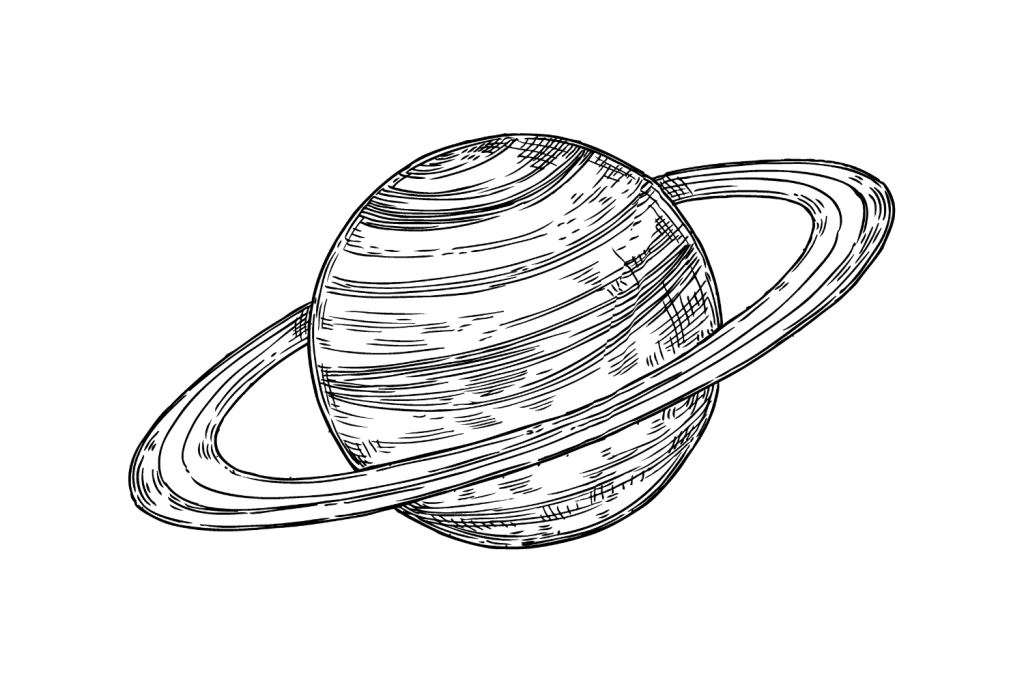
Did Grof Believe That Planets Directly Affect Our Lives?
When Grof discussed astrology with Carl Sagan, Sagan argued, “Astrology is total hogwash; as I am standing here, I have more influence on you than Pluto.” Grof may have agreed since archetypal astrology does not imply linear causation from celestial bodies to the human psyche.
Astrologers use a complicated system of distilling the synchronistic relationships between celestial bodies, the mind, and external events. It’s not a direct cause-effect relationship.
Carl Jung described synchronicity as an “acausal connecting principle that refers to meaningful coincidences of events separated in time and/or space.” He was particularly interested in synchronicities that connected inner experiences to external events.
Before publishing his work on synchronicities, Jung compiled hundreds of convincing examples. Albert Einstein encouraged him to publish his findings despite Jung’s apprehension.
Synchronicities, according to Grof, are strikingly common in holotropic states. They may happen “In meditative practice, psychedelic therapy, holotropic breathwork, and spontaneous psychospiritual crises [1].”
He then elaborates on his theory of what happens:
Material emerging from the unconscious…enters into complexly creative interplay with various aspects of consensus reality, coinciding with external events in ways that strongly suggest an underlying connection of meaning that is not simply being projected by the individual.
Synchronicities are the strongest examples of the connection between the inner mind and the outer world.
What is Archetypal Time?
Observing the planets’ position in the sky and aspects with each determines the “archetypal time.” In a 1954 letter, Jung wrote, “[the astrological horoscope] corresponds to a definite moment in the colloquy of the gods, that is to say, the psychic archetypes [6].”
This defines Jung’s belief in astrology — he viewed it as an archetypal clock useful for symbolic predictions.
Paying attention to this “archetypal time” and how it relates to your natal chart can show you which archetypes may appear in your life.
When you observe a watch displaying the accurate time, you can deduce that other clocks within the same time zone will reflect the same time. Similarly, astrology believes worldly events harmonize with the celestial bodies’ motion.
It doesn’t have a direct influence on events or individuals but, rather, operates behind the scenes as an underlying dimension.
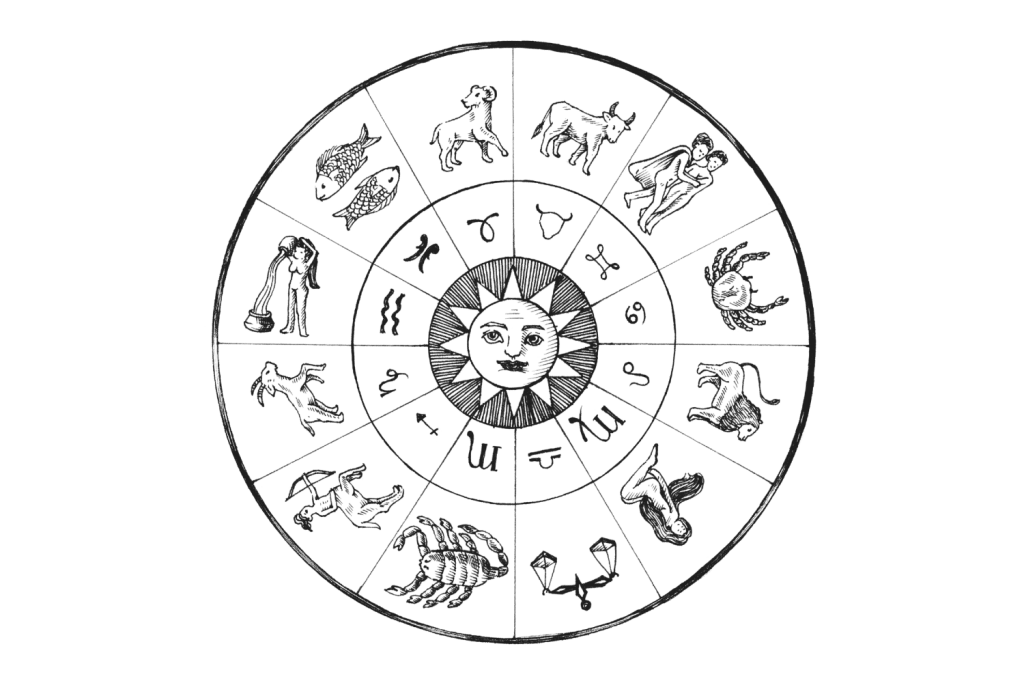
Why Astrology Has a Bad Rap
Many mainstream scientists believe astrology is incompatible with the scientific worldview — including Grof at one point. Like other esoteric systems, astrology’s rejection doesn’t come with any scientific evidence to back it up.
Instead, its incompatibility with Western materialism was its ultimate undoing. Here’s why the rejection isn’t deserved:
Mechanistic Materialism vs. Intelligent Design
Materialistic science argues against a divine origin, and matter was created accidentally through the Big Bang. Within this model, life was an accidental creation, the process of primordial soup on the perfect planet. The question of consciousness has never been fully answered by science.
In contrast, astrology asserts the universe is grounded in an incomprehensible, intricate underlying order, reflective of a higher purpose. Instead of an accidental creation, life comes from a divine, unknowable superintelligence.
Synchronicities are, therefore, seen as divine messages instead of random coincidences.
With astrology, our life experience follows a patterned path somehow linked to the movements of celestial objects. We give and receive influence to and from everything surrounding us — emphasis on everything.
Archetypes Can’t Be Measured
Astrological thinking relies on archetypes which are ancient and complex psychological themes. Astrology tracks the archetypal dimension — something you can’t measure with conventional science.
The inability to prove something doesn’t mean it isn’t there, but it does make it far harder for scientists to believe in it. Often, it causes them to go after it.
The concept of archetypes has changed with time.
For Homer, they were mythological figures such as Zeus or Poseidon. Plato viewed them as metaphysical principles which exist in a realm beyond humans.
In modern times, Jung described archetypes as psychological principles embedded within and around us rather than entering from some other realm.
Thinking Beyond Determinism
Deterministic thinking poses another problem for the acceptance of astrology. Determinism follows a mechanistic view of the universe, with events and human actions following only external causes.
In the scientific realm, the accepted explanation for the creation of the universe is the Big Bang. The theory proposes a singularity at infinite temperature and density exploding, spreading the energy into the cosmos we still use today.
While somewhat convincing, the Big Bang fails to answer a more existential question: the “cause of all causes.” Who or what triggered the Big Bang and, for that matter, why?
What “cause” led to the original one all of our effects have flowed from?
Birth Trauma Is Real
A key tenet of astrology is the importance of the birth time, which determines the ascendant or rising sign on charts. This sign changes every two hours, and Greek astrologers in the Hellenistic era viewed it as the most crucial element of a person’s chart.
This emphasis on birth doesn’t make sense in traditional psychology but is crucial for determining the significance of birth trauma. Modern science argues that babies don’t register memories of birth because the hippocampus — vital for memory formation — isn’t fully developed [7].
Yet they acknowledge events predating our memory can have a lasting impact on adulthood.
Taking things a step further, research shows trauma extends beyond any individual life and can pass patterns down to further generations [8]. Trauma can affect people before they’re even born.
While Grof’s ideas of birth trauma and past-life trauma seem other-worldly, they exist right here on planet Earth. The difference is science accepts being unable to explain the phenomena as an explanation in itself.
Sun Signs and Lack of Public Understanding
Astrology has been historically difficult to access and understand for the general public. The proliferation of sun sign horoscopes in newspapers increased access but simplified the complex system into flowery, generic language.
This provides a good reason for many to be skeptical of astrology, distilling it down into snippets of positivity for the general public. A 2020 study showed that sun signs — which people often use to determine compatibility with others — don’t impact the frequency of divorces [9].
This highlights the limitations of astrology when utilizing sun signs alone but still doesn’t disprove a complex understanding of the practice.
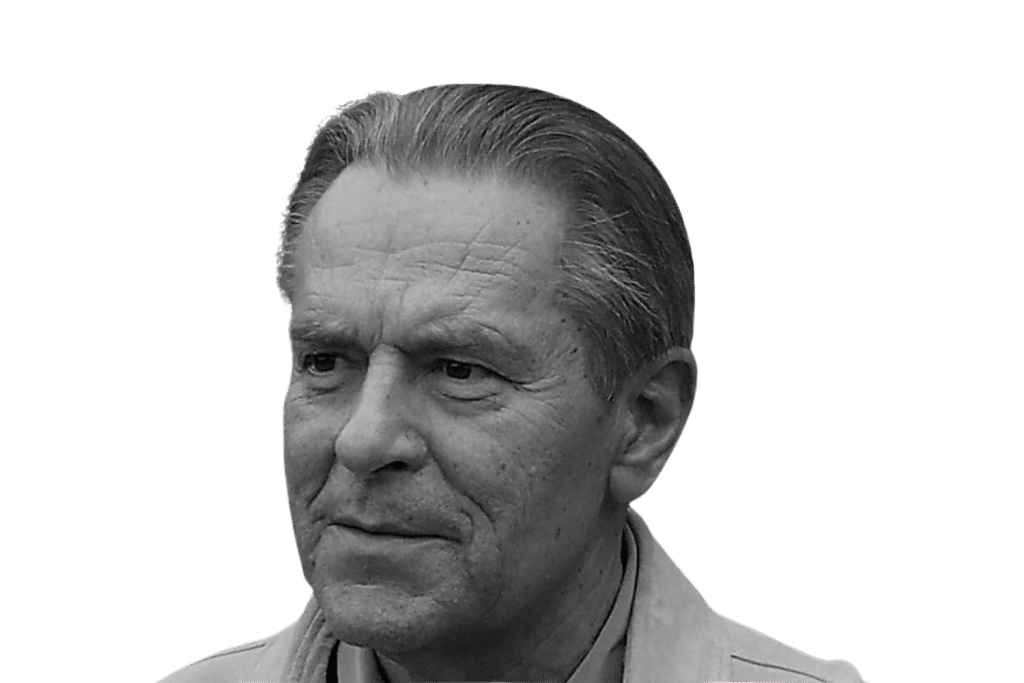
Grof’s Three Layers of Transpersonal Experiences
After supervising 3,000 LSD sessions, studying 2,000 others, and countless holotropic breathwork experiences, Grof noticed three “layers” of holotropic experience [1]:
#1. The Surface Layer: The Biographical Layer
This layer is similar to the experiences and emotions of a session or two of therapy. Individuals confront past abuse, trauma, and wounds during this stage and learn to work through them.
Grof believed this layer helped participants process feelings of emotional deprivation and remove traumatic energies from their previous illnesses or accidents.
Think of this as the first layer of your subconscious — the energies, feelings, and memories arising during therapy or low-to-moderate doses of psychedelics.
#2. Diving Deeper: The Perinatal Layer
With Latin roots meaning “surrounding birth,” perinatal experiences focus on the subjective experience of labor, contractions, and delivery. Grof was shocked by both the frequency and intensity of these perinatal experiences.
Nearly all of his patients experienced “rebirths” after breathwork or psychedelic-assisted psychotherapy.
As Stan’s patients relived this moment, they experienced a “change in consciousness.” Feelings of stress, anxiety, and near-death events morphed into a spiritual rebirth. Many participants also claimed to transcend their fear of death after the experience.
But this is not the deepest layer.
#3. Focusing on the “Jungian Layer”
The “collective unconscious,” — Carl Jung’s term — refers to the knowledge shared by all beings of consciousness. In this layer, participants “swim” in the waters of consciousness. However, it may appear to them.
Some experience memories of past lives, identification with groups of people, or ancestral memories. Others might see visions of archetypal figures, identify with the consciousness of plants and animals, or encounter the “Universal Mind.”
This may manifest as a collective unconsciousness, god, or other personal understandings of the term.
Basic Perinatal Matrices: Archetypal Themes and Stages of Birth
The basic perinatal matrices were independently developed by Grof after years of holotropic research. Years later, after discovering a correlation between these matrices and astrology, Grof and Tarnas matched each to a distinct stage of birth and planetary archetype [1].
BPM 1: “The Amniotic Universe and Union with the Mother, Neptune”
Grof’s first perinatal matrix relates to the unity between mother and fetus in the womb, with Neptune as a planetary archetype. In healthy conditions, the fetus receives oxygen, nourishment, and warmth from the mother.
Nourishing conditions like this bring on ecstasy have themes of “dissolution of boundaries, interpersonal fusion experiences, oceanic ecstasy, cosmic feelings of unity, transcendence of time and space, and awareness of the mystical and numinous dimensions of reality.”
However, if the mother was “under stress, using drugs or alcohol, or had ambivalent feelings toward the pregnancy,” themes of toxicity and rejection may rise to the surface. In these cases, individuals may relive specific chemical and emotional conditions and experience visions of polluted waters or invasion by demonic entities.
These may still heal but, if left unhealed, may cause further dysfunction, psychosis, or difficulty interacting with others.
BPM 2: “Cosmic Engulfment and No-Exit, Saturn”
BPM II focuses on the start of labor and the fetus’ experience of pressure in the womb. Likewise, in this matrix, people may have overwhelming feelings of entrapment, hopelessness, inadequacy, inferiority, and guilt.
Other themes may include “aging and death, difficult ordeals and hard labor, depression, oppression, constriction, deficit, scarcity, and starvation.” The uterus begins contracting and squeezing the baby, but the cervix has not opened, creating a feeling of entrapment.
Memories related to BPM II include situations posing a threat to life or body — things like war, disease, drowning, suffocation, accidents, injuries, and surgeries. Personal traumas from childhood and later life often resurface.
Occasionally, participants may encounter other-worldly “entities” during this stage, including a “Judging God or Devouring Mother.” There are also visions of sinking into hell, falling from heaven, and feelings of ego death.
These themes relate to the challenging aspects of the planet Saturn, embedded with themes of shame, constriction, and hopelessness
BPM 3: “The Death Rebirth Struggle, Pluto”
We’re now at the point of rapidly-increasing contractions as the child begins a journey through the birth canal. Individuals working through this matrix may experience intense aggression, crushing mechanical pressures, and suffocation.
Sexual experience occurs in this context, potentially contributing to sexual variations later in life. Biological materials such as blood, mucus, feces, and urine are also encountered — manifesting physically as sweating, diarrhea, or vomiting.
Within the transpersonal vision, sequences of temptation, sacrifice, and purgatory with individuals encountering may occur. Participants may also identify (metaphorically or literally ) deities like Shiva, Kali, or Hercules.
Themes of purifying fire, volcanic eruptions, elemental driving force, unleashing energies, and demonic figures make up this matrix.
Astrologically, Pluto relates to the cycle of life — death, sex, birth and rebirth, and instinctive or primal impulses. In Grof’s words:
It represents the chthonic elements of existence, the underworld, whether in the literal physical sense (underground infrastructure of the metropolis), in the metaphorical sense (red light districts, organized crime), in the psychological sense (the unconscious), or in an archetypal, mythological sense in which the Roman god Pluto (the Greek Hades) was the ruler of the underworld
BPM 4: “Rebirth and Individuation, Uranus”
The fourth perinatal matrix focuses on completing the birth process. This stage represents the moment of delivery when the discomfort and pain find resolution through explosive liberation.
This matrix has themes of freedom, resolution, illuminating insights, liberation, and epiphany. These feelings culminate in the death of the ego, followed by visions of white or golden light, global liberation, or profound spiritual awakening.
Archetypal themes associated with this include overcoming a tremendous challenge and reuniting with the divine. Prometheus — the Greek God who stole fire from the Gods and gave it to humanity — perfectly aligns with the archetype of Uranus.
Uranus symbolizes quick, massive changes along with rebellions against the powerful, spiritual insights, creativity and ingenuity, and breakthroughs of all kinds. The shadow side of Uranus includes themes of anarchy, unfruitful eccentricity, and indiscriminate opposition to limitations or laws of any kind.
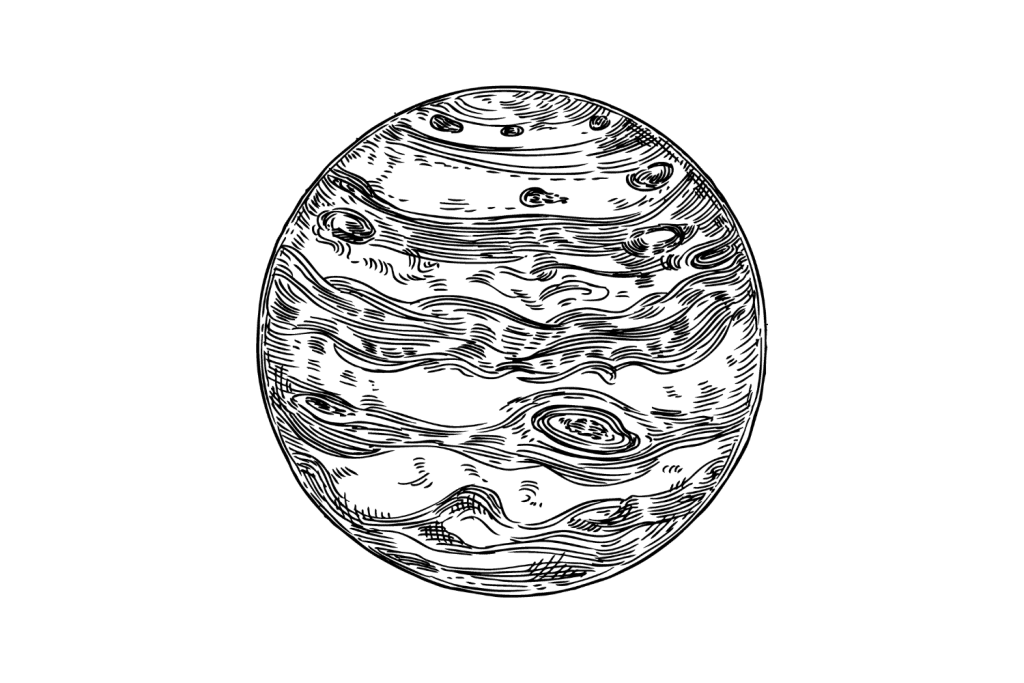
The Implications of Grof’s Research
Western civilization is under a strong spell of materialistic science, meaning most people require years of personal experience and research to accept alternative conclusions. If Grof is correct, it represents a complete shift in the understanding of human consciousness, the birth experience, and the relevance of astrology.
Grof’s experiences with astrology as a predictive tool challenge the tenets of materialistic science and the idea of no embedded meaning in the universe. Astrology presents an alternative — if the universe has a divine origin, our role must be essential and our responsibility great.
Instead of viewing astrology as conflicting with science, let’s view it as a tool for navigating treacherous archetypal waters. Astrology taps into something science can’t measure with double-blind studies or a telescope: the collective unconscious and human archetypes.
Seen this way, astrology could be a useful addition to materialistic science rather than a discipline in conflict with it. Of course, its inability to measure is why so many discard it to begin with.
Collectively suspending our disbelief surrounding astrology opens up one of the biggest discoveries in depth psychology since Freud or Jung.
References:
- Grof, S. (2009). Holotropic Research and Archetypal Astrology. Archai: The Journal of Archetypal Cosmology.
- Walsh, R., & Vaughan, F. (1993). On transpersonal definitions. Journal of Transpersonal Psychology, 25, 199–207.
- Tarnas, R. (2007). Cosmos and Psyche: Intimations of a New World View (Reprint edition). Plume.
- Association, A. P. (2013). Diagnostic and Statistical Manual of Mental Disorders, 5th Edition: DSM-5 (5th edition). American Psychiatric Publishing.
- Ertel, S. (1992). Update on the “Mars Effect.”
- Jung, C. G. (2017). Jung on Astrology (S. Rossi & K. L. Grice, Eds.; 1st edition). Routledge.
- Alberini, C. M., & Travaglia, A. (2017). Infantile Amnesia: A Critical Period of Learning to Learn and Remember. The Journal of Neuroscience, 37(24), 5783–5795. https://doi.org/10.1523/JNEUROSCI.0324-17.2017
- Yehuda, R., & Lehrner, A. (2018). Intergenerational transmission of trauma effects: Putative role of epigenetic mechanisms. World Psychiatry, 17(3), 243–257. https://doi.org/10.1002/wps.20568
- Helgertz, J., & Scott, K. (2020). The validity of astrological predictions on marriage and divorce: A longitudinal analysis of Swedish register data. Genus, 76(1), 34. https://doi.org/10.1186/s41118-020-00103-5
